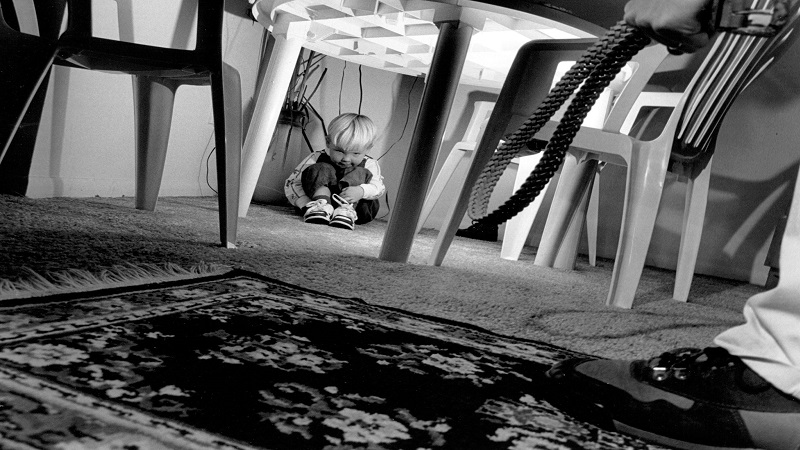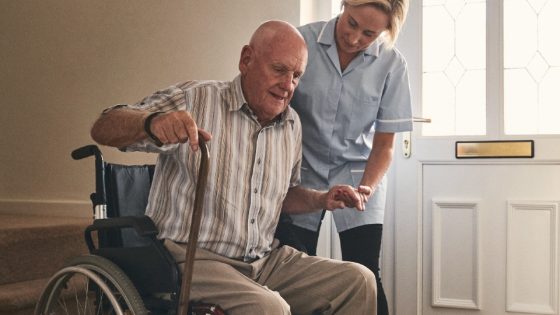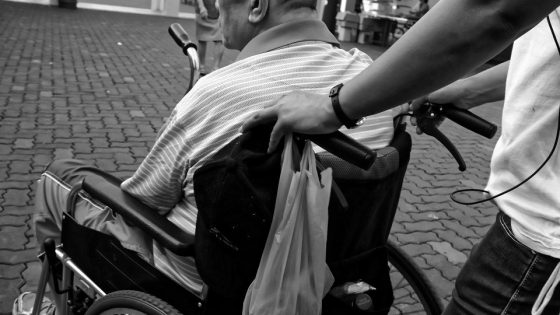Sixty per cent of young people that are placed in care, are there due to abuse and neglect. Over 69,500 children and young people are currently logged in the system (that’s 60 in every 10,000 under 18s) – evidently, community multi-agency safeguarding measures are simply not enough. The interventions that we, as professional carers, put in place, are often more challenging to deliver as these young people come to us with complex emotional and mental health needs.
Whilst the UK care system offers excellent support systems and interventions for children and young people, a small proportion still experience further abuse and neglect. To target this further, statutory safeguarding requirements have been introduced, extending the duty of care remit for all healthcare professionals. From Child Sexual Exploitation (CSE) and child protection to prevention of radicalisation and Female Genital Mutilation (FGM), it is a legal requirement that all frontline professionals know how to support, respond to and report types child abuse.
We’re no longer simply protecting young people from the ‘wolf in sheep’s clothing’ sex offender, we’re protecting them from abuse, deeply rooted in different cultural beliefs, which in many cases, are driven by a child’s own family and friend networks. We’re also dealing with a prevalence of groups recruiting young people into exploitative and extremist behaviours. Child abuse takes on many different guises, making it a complex process to get to grips with and to know when and how to intervene.
Many children will move repeatedly in and out of care, or between placements providing a challenge to carers trying to establish stable, trusting relationships, integral to child protection. If a child or adult has been abused their ability to trust others is impaired. This is intensified if they’ve experienced inconsistency in placements and are constantly meeting new people. In such situations establishing relationships of trust are more difficult, and the security to confide less likely.
Having watched with interest recently, the BBC2 Savile documentary, where Louis Theroux bravely reflected on his much publicised previous contact and friendship with Jimmy Savile, it is clear that without a sense of collective responsibility and sharing of information, working in silos enables perpetrators to exploit the care system. As many child abuse cases have shown, infrastructures for multi-agency information sharing are still not robust. Current models must be further developed to enable everyone to feel confident in reacting to child abuse. Only then will we move away from a blame culture, which impacts negatively on information sharing, to clear accountability.
Fundamentally, child abuse is illegal under UK law and it is our mandatory duty to safeguard both those we deem vulnerable, and those where intervention has been too late. At SSS Learning, we want to see every frontline professional have the training to enable them to play a vital role in our cross-disciplinary approach to child protection to improve multi-agency approaches of assessment and support for children and families on the edge of care.
Holding a variety of senior multi-agency children’s services roles, Sam has a wealth of experience in ‘safeguarding’ and the ‘integration of policy’, to creating and developing outstanding practice through a model of collective responsibility. As eLearning & training director at SSS Learning, she works with 60,000 frontline professionals to provide online safeguarding training, including FGM and prevent duty.






Leave a Reply